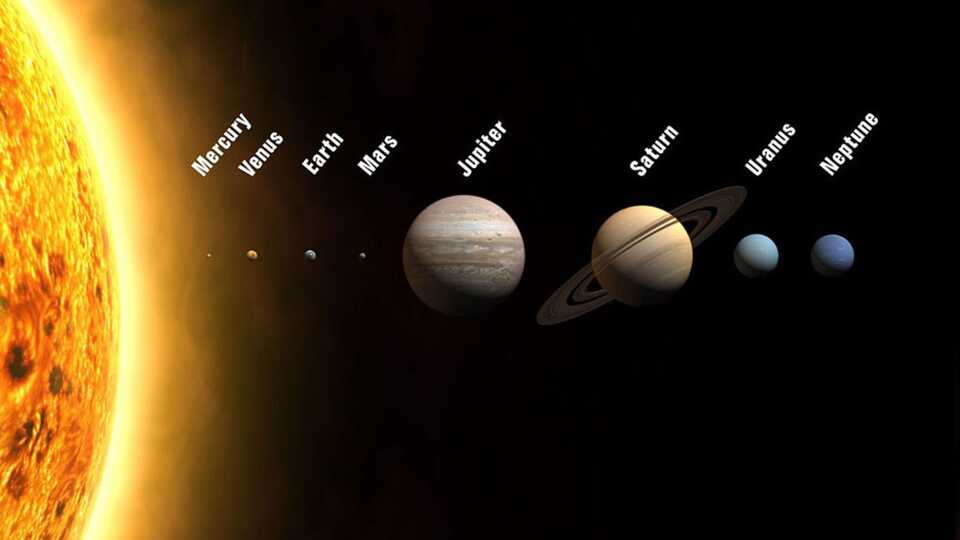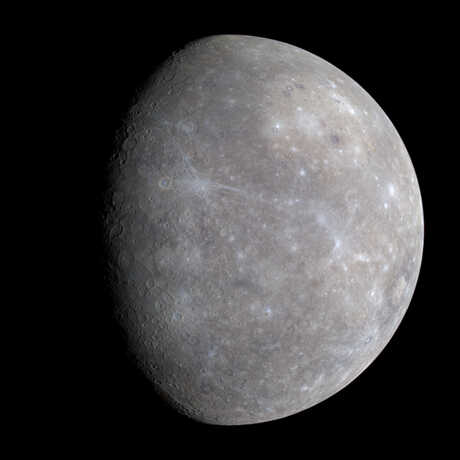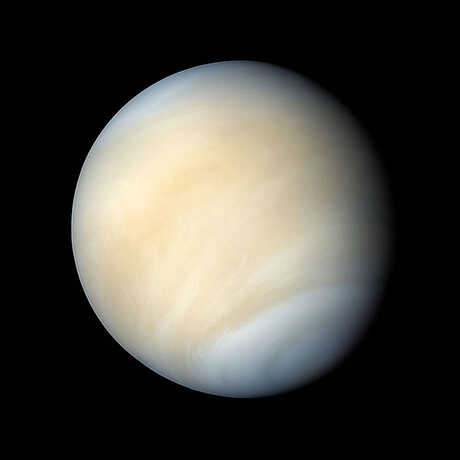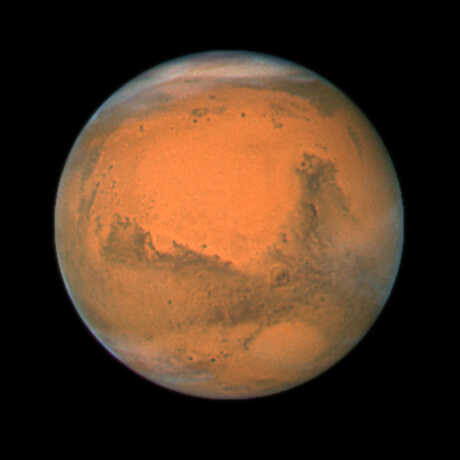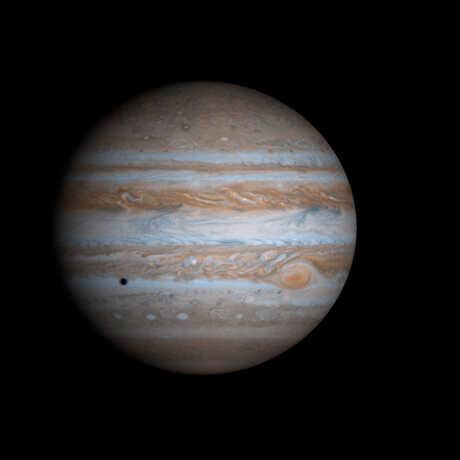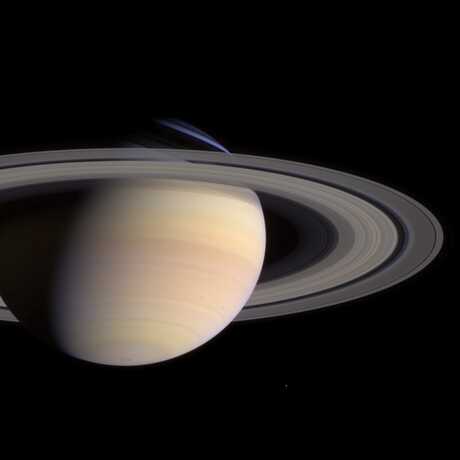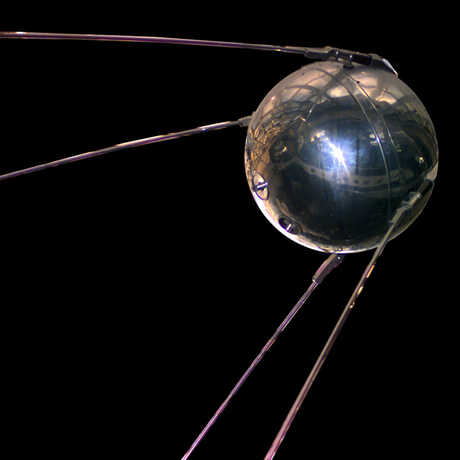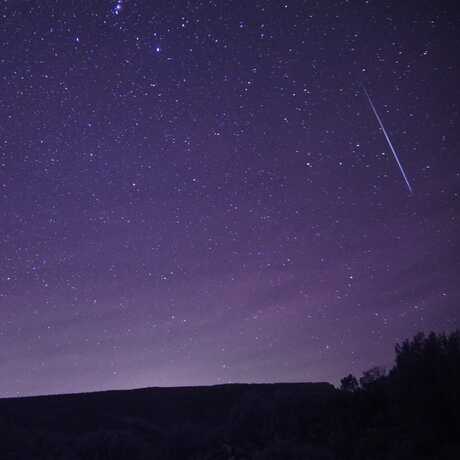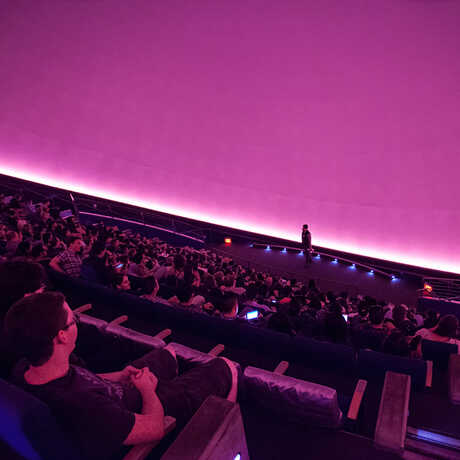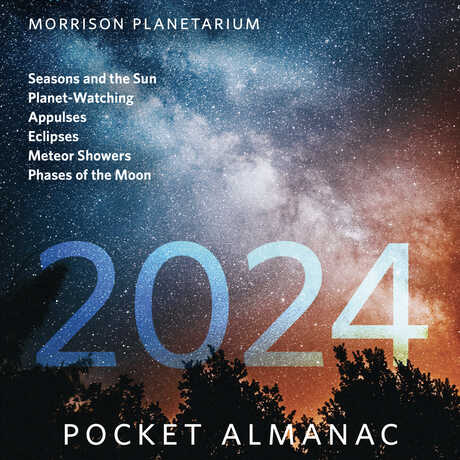This season starts with the littlest planet descending into the glow of sunset and quickly getting washed from view on the way to inferior conjunction on April 11. It rises in the predawn sky by early May, but the shallow angle of the ecliptic (the plane of the solar system) with respect to the horizon keeps it very low the east by sunrise, even at greatest western elongation on May 9, making for an unfavorable apparition. Quickly retreating back into the Sun's glow, Mercury passes superior conjunction on June 14 and is barely climbing out of the evening twilight by the end of the month.
Moon's close encounter with Mercury on April 8 is too near to the Sun and lost in the glare. Their next meeting is on the morning of May 6, when they both rise in the east a little less than an hour before the Sun. Their third encounter of the season on the morning of June 5 is very close to the Sun and very difficult to see in the glare.
